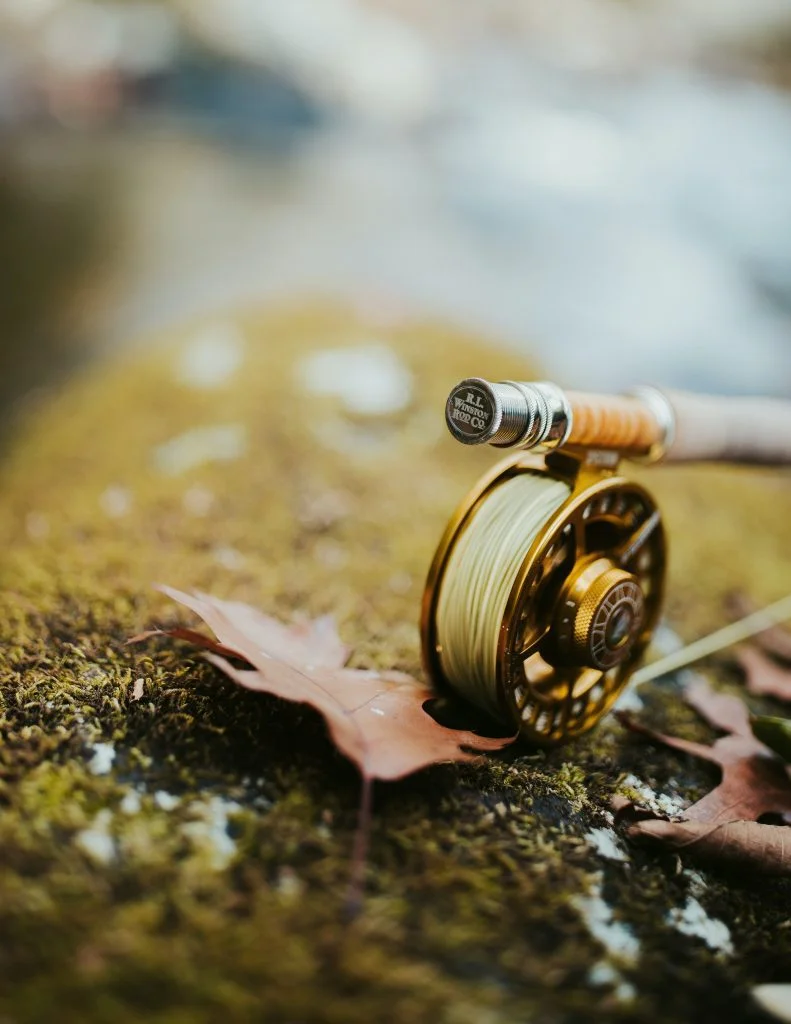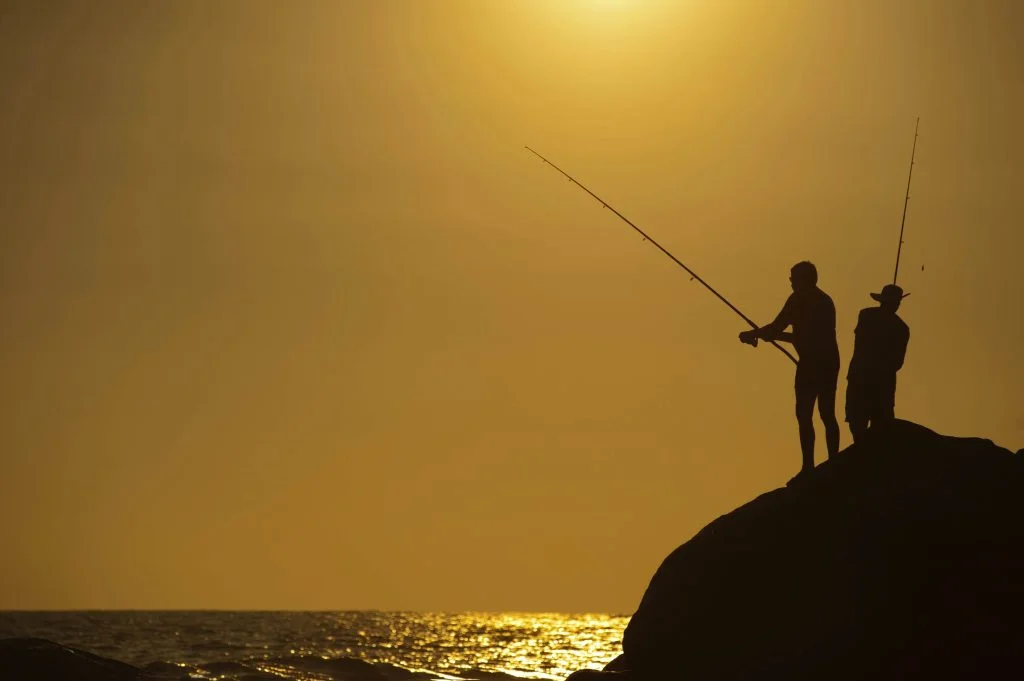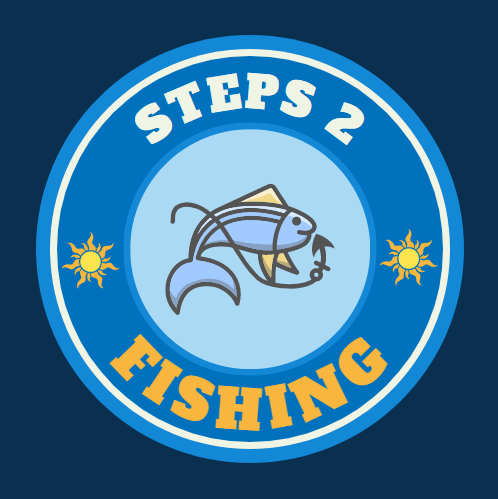
Fly fishing is a captivating angling method that has gained immense popularity among fishing enthusiasts worldwide. Unlike traditional fishing techniques, fly fishing relies on delicate presentations and intricate fly patterns to entice fish. This article explores the art of fly fishing, its various techniques, and why it has captured the hearts of countless anglers.
What is Fly Fishing?
Fly fishing is a specialized form of angling that utilizes artificial flies to mimic the insects, baitfish, or other food sources that fish feed on. Anglers use lightweight rods and lines, often made of carbon fibre, to cast these flies onto the water’s surface or sub-surface. The goal is to replicate natural movements and fool the fish into believing that the fly is a viable meal.

The Basics of Fly Fishing
Equipment and Gear
To engage in fly fishing, you need specific gear tailored to this technique.
The essentials include
- Fly Rod: Fly rods are intentionally designed to cast delicate lines, and precisely place flies. They are typically longer and more flexible compared to traditional fishing rods.
- Fly Reel: Mounted on the rod, the fly reel holds the fly line and helps anglers control the line’s tension during casting and retrieval.
- Fly Line: Specialized fly lines are typically thicker and heavier than traditional fishing lines, aiding in casting and presentation.
- Leader and Tippet: These transparent monofilament or fluorocarbon lines connect the fly line to the fly and help with delicate presentations.
- Flies: Skilled artisans meticulously create artificial flies to replicate insects, larvae, or baitfish. They come in a variety of patterns, sizes, and colours.
Casting Techniques
Mastering casting techniques is crucial for successful fly fishing.
The most common casting techniques include
- Overhead Cast: The fundamental cast in fly fishing involves a fluid motion of bringing the rod backward and forward to propel the line and fly.
- Roll Cast: The roll cast is perfect for situations with limited space or when a back cast isn’t feasible. It involves employing a rolling motion to extend the line.
- Double Haul Cast: A more advanced casting technique that generates incredible line speed and distance by adding hauling motion.
- Spey Cast: Primarily used in river fishing, the Spey cast employs longer two-handed rods and utilizes water tension to propel the line.

Understanding Flies
Flies are at the heart of fly fishing. Designers meticulously craft them to mimic the aquatic and terrestrial insects in the fish’s natural habitat.
There are three main types of flies.
- Dry Flies- Dry flies are designed to float on the water’s surface and imitate adult insects. They are ideal for surface-feeding fish.
- Nymphs- These flies represent aquatic larvae or pupae and are fished beneath the water’s surface. Nymph fishing is effective for trout and other species.
- Streamers- Streamer flies imitate small fish or baitfish and is designed to be stripped or retrieved through the water. They are effective for predatory fish.
Different Fly Fishing Techniques
Dry Fly Fishing
This technique involves presenting floating flies on the water’s surface. Anglers imitate adult insects like mayflies or caddisflies. This technique requires precision and finesse, as the angler must carefully match the hatch and cast the fly upstream, allowing it to drift naturally toward the fish.
Nymph Fishing
Nymph fishing involves fishing below the water’s surface using imitations of aquatic larvae, pupae, or nymphs. The angler presents the fly upstream or across the current and allows it to drift naturally. This technique is highly effective, as most of a fish’s diet consists of sub-surface insects.
Streamer Fishing
Streamer fishing is an active technique that imitates small fish or baitfish. The angler uses stripping or retrieving motions to impart lifelike movement to the streamer fly. This technique is effective for catching aggressive, predatory fish like trout, bass, or pike.
Wet Fly Fishing
It entails presenting subsurface flies that imitate emerging or drowned insects. Anglers swing or retrieve the fly across the current, mimicking the natural movements of these insects. This technique is versatile and can be employed in rivers, streams, and still waters.
Saltwater Fly Fishing
This is practiced in marine environments, targeting species like tarpon, bonefish, or permit. Anglers use specialized gear and larger flies to mimic baitfish, crustaceans, or other marine food sources. This technique requires accurate casting and quick line retrieval.

The Advantages of Fly Fishing Techniques
These techniques offer several advantages over traditional angling methods.
These include:
- Delicate Presentations: It allows for precise and delicate presentations, making it ideal for catching wary fish in clear water.
- Versatility: With various techniques, anglers can adapt to different fishing conditions and target various species.
- Challenging and Engaging: Fly fishing requires skill, patience, and a deep understanding of fish behaviour, providing an immersive and rewarding experience for anglers.
- Conservation-Friendly: Catch-and-release practices are deeply ingrained in its culture, promoting sustainable catching and fishery conservation.
How to Choose the Right Technique
Selecting the appropriate this technique depends on various factors, including.
- Target Species- Different fish species have unique feeding habits, and certain techniques are more effective for specific fish.
- Water, Conditions- The water’s clarity, depth, and flow influence the visibility and behaviour of fish, determining the optimal technique.
- Time of Year- In different seasons, fish exhibit varying preferences for different food sources, influencing the choice of this technique.
Tips for Successful Fishing
- Observe the Water- Pay attention to the insect activity, fish rises, and any other signs of fish feeding. This observation helps you choose the right flies and technique.
- Practice Casting- Regularly practice casting techniques to improve accuracy, distance, and presentation.
- Research Local Conditions- Understand the local environment, hatch patterns, and fish species prevalent in the area you plan to fish.
- Experiment with Flies- Try different fly patterns, sizes, and colours to determine which ones are most effective for the fish species you target.
- Stay Patient and Persistent- Fishing can be challenging, so embrace the learning process and remain persistent in your pursuit of success.
Conservation
Fly fishing and conservation go hand in hand. As stewards of the water and fishery resources, fly anglers actively contribute to conservation efforts. They practice catch-and-release fishing, support habitat restoration initiatives, and engage in educational programs to protect and preserve fish populations and their natural habitats.
Conclusion
Fly fishing is not merely a technique; it is an art form that combines skill, finesse, and a deep connection with nature. By employing various techniques like dry fly fishing, nymph fishing, and streamer fishing, anglers can unlock a world of angling possibilities. So grab your fly rod, tie on a fly, and immerse yourself in the timeless beauty and excitement of fly fishing.
FAQs:
- Q: Is fly fishing only for trout?
- A: No, this technique can be practiced for a wide range of freshwater and saltwater fish species.
- Q: Can beginners try fly fishing?
- A: Absolutely! This may have a learning curve, but beginners can enjoy this excellent technique with practice and guidance.
- Q: What is the best time of year for this fun?
- A: The best time for it depends on the target species and local conditions. Researching specific locations will provide optimal times.
- Q: Do I need expensive gear for this technique?
- A: While high-quality gear can enhance your experience, there are also affordable options for beginners.
- Q: Are there any environmental benefits of it?
- A: This technique promotes catch-and-release practices and supports conservation efforts, ensuring sustainable fish populations.


Leave a Reply